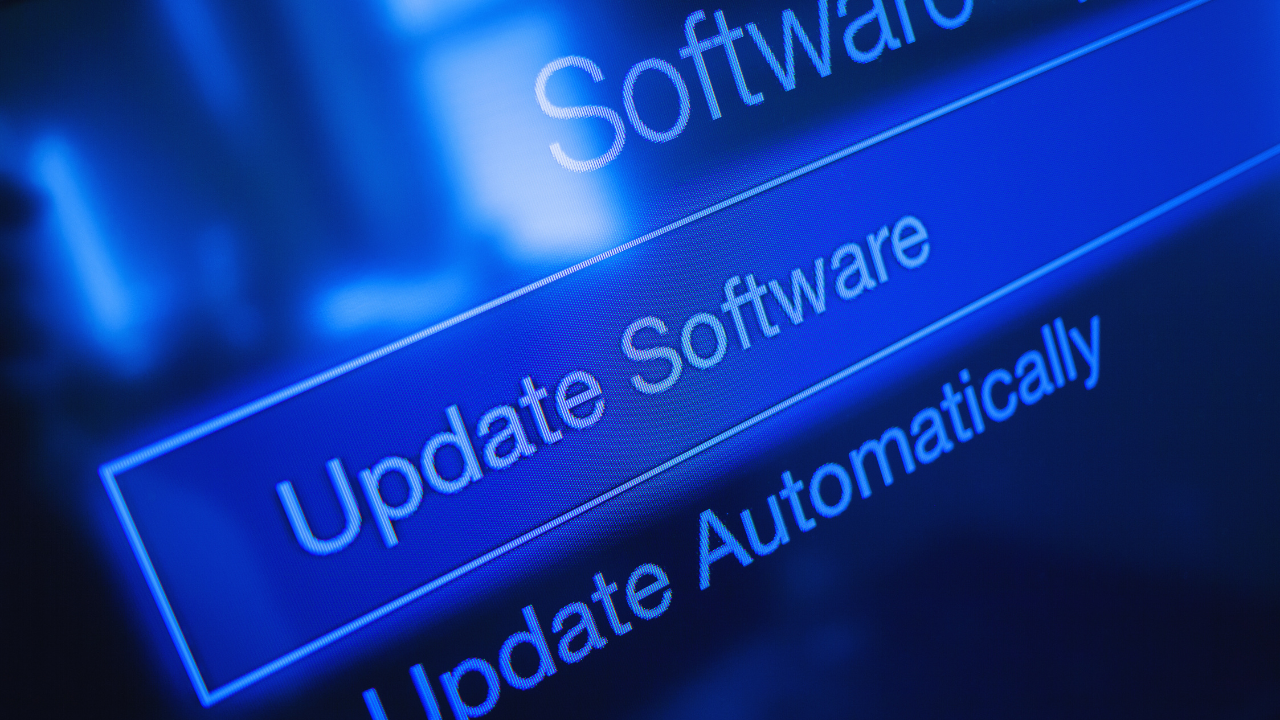
Outdated libraries can introduce security flaws. Learn how to safely update dependencies and stay ahead of vulnerabilities.
In modern software development, dependencies are essential components that help you avoid reinventing the wheel. However, relying on third-party libraries and packages means your application is exposed to the vulnerabilities they may introduce if left outdated. Keeping your dependencies up to date is a key part of maintaining a secure and stable codebase.
In this article, we’ll walk through best practices for safely updating dependencies, avoiding potential issues, and ensuring that your application remains secure while leveraging the latest versions of libraries.
1. Why Keeping Dependencies Updated Matters
Dependencies are constantly evolving, and outdated libraries often contain known vulnerabilities. Attackers actively target software that uses vulnerable dependencies, making it essential to stay ahead of patches and updates. Unpatched dependencies may lead to:
- Security risks, such as remote code execution, data breaches, and denial-of-service attacks.
- Compatibility issues when newer versions of libraries offer bug fixes or optimizations.
- Technical debt that makes future updates more difficult and risky.
2. Use Automated Tools to Audit Dependencies
The first step in managing your dependencies is to regularly audit them for known vulnerabilities. Automated tools can help identify outdated or insecure packages, allowing you to fix issues before they affect your application.
Tools to Consider:
- npm audit: For Node.js projects, this tool scans your dependencies for known vulnerabilities. How to use: bashSalinEdit
npm audit - yarn audit: Similar to npm, it helps identify vulnerabilities in JavaScript-based projects. How to use: bashSalinEdit
yarn audit - pip-audit: For Python projects, it scans installed packages for vulnerabilities. How to use: bashSalinEdit
pip-audit
These tools check the vulnerabilities reported in databases such as the National Vulnerability Database (NVD) or public advisories, alerting you to issues that need attention.
3. Subscribe to Security Advisories
Developers and security teams often publish security advisories related to specific packages. Subscribing to these advisories helps you stay informed about new vulnerabilities and patches as they’re disclosed. Major package managers like npm, PyPI, and GitHub offer options for subscribing to notifications for critical security updates.
Best Practices:
- Set up notifications for new versions or patches for the libraries you’re using.
- Follow repositories on GitHub for security-related updates.
- Subscribe to vulnerability feeds from trusted sources to receive immediate updates.
By staying on top of security advisories, you can respond quickly to new threats and vulnerabilities.
4. Test in a Staging Environment Before Updating
When updating dependencies, never update directly in production. Always test updates in a staging environment first to ensure the new versions don’t cause regressions or break existing functionality.
Steps for Safe Updates:
- Set up a staging environment that mimics production as closely as possible.
- After updating dependencies, run your application and test all core functionalities.
- Check for breaking changes or incompatibilities with other dependencies.
By testing thoroughly, you ensure that the update does not negatively impact your app’s functionality before it reaches users.
5. Pin Versions Carefully
Version management is crucial when updating dependencies. While it’s important to keep packages updated, pinned versions can provide stability when applied correctly. However, using overly restrictive version pins can result in outdated dependencies that are no longer compatible with newer versions of your app or other dependencies.
Best Practices for Version Pinning:
- Pin only when necessary: In most cases, allow dependencies to update automatically within a specified range (e.g., using semantic versioning).
- Use caret (^) or tilde (~) operators in your
package.jsonorrequirements.txtto allow for minor or patch updates while keeping major versions fixed. - Avoid stale lockfiles: If you’re using a lockfile (e.g.,
package-lock.jsonoryarn.lock), ensure it is regularly updated to reflect the latest package changes.
6. Remove Unused Dependencies
Over time, your project may accumulate unused dependencies. These packages can bloat your project and potentially introduce security risks. It’s important to audit your project periodically and remove any packages that are no longer needed.
Steps to Clean Your Project:
- Run commands like
npm pruneoryarn autocleanto remove unused dependencies. - Review your
package.jsonandrequirements.txtregularly, and remove any packages you no longer use. - Use tools like depcheck to automatically find unused dependencies in your Node.js projects.
By removing unused packages, you reduce the attack surface of your app and keep your dependency tree lean and manageable.
Conclusion
Maintaining dependency hygiene is an essential aspect of modern software development. Regularly updating dependencies, using audit tools, subscribing to security advisories, and testing in staging environments are all crucial practices for ensuring the security and stability of your application.
By following these best practices, you’ll be able to update your dependencies safely and effectively without introducing new issues or vulnerabilities into your codebase. Remember, good dependency management is not just about keeping your code running — it’s about protecting your users and your reputation.

